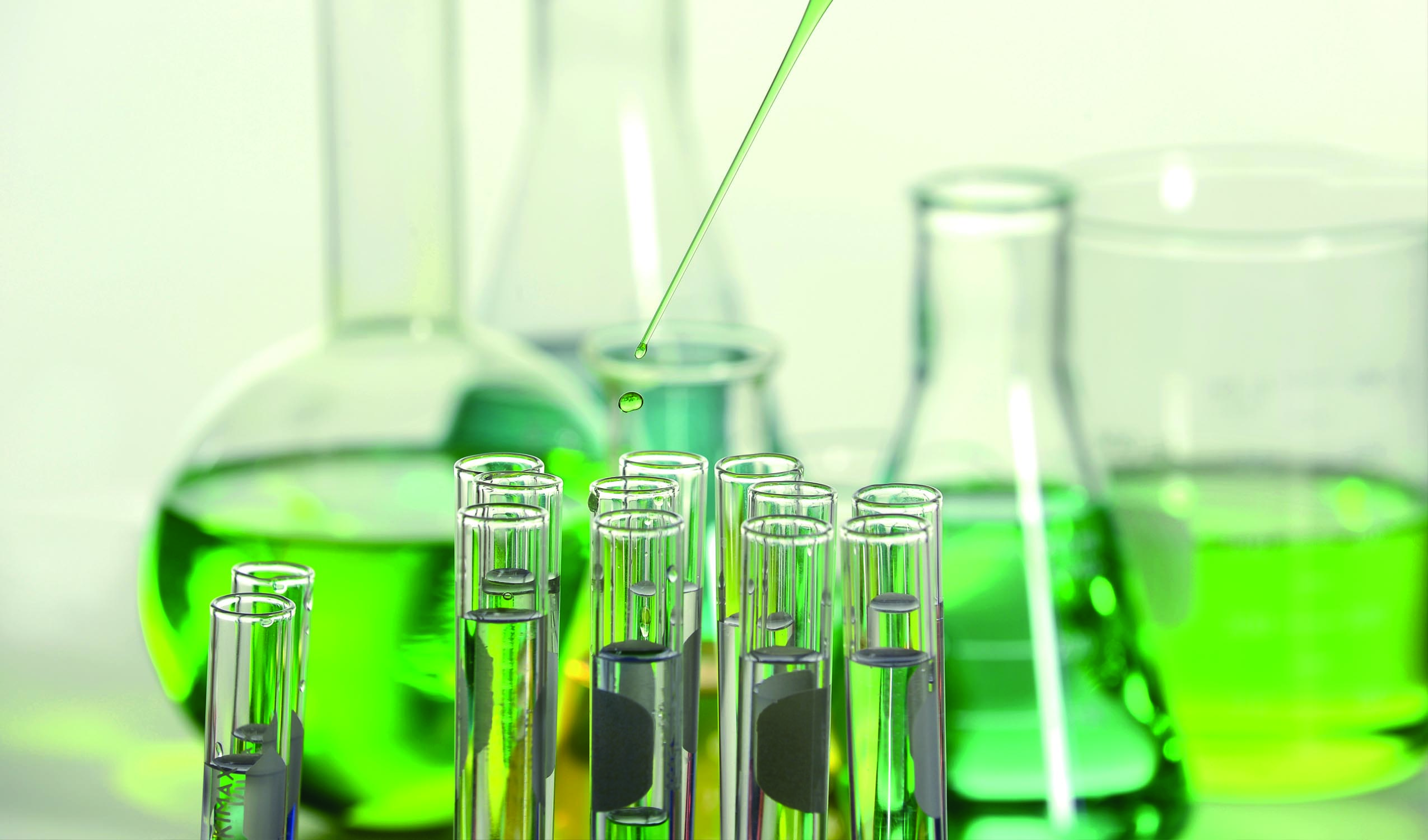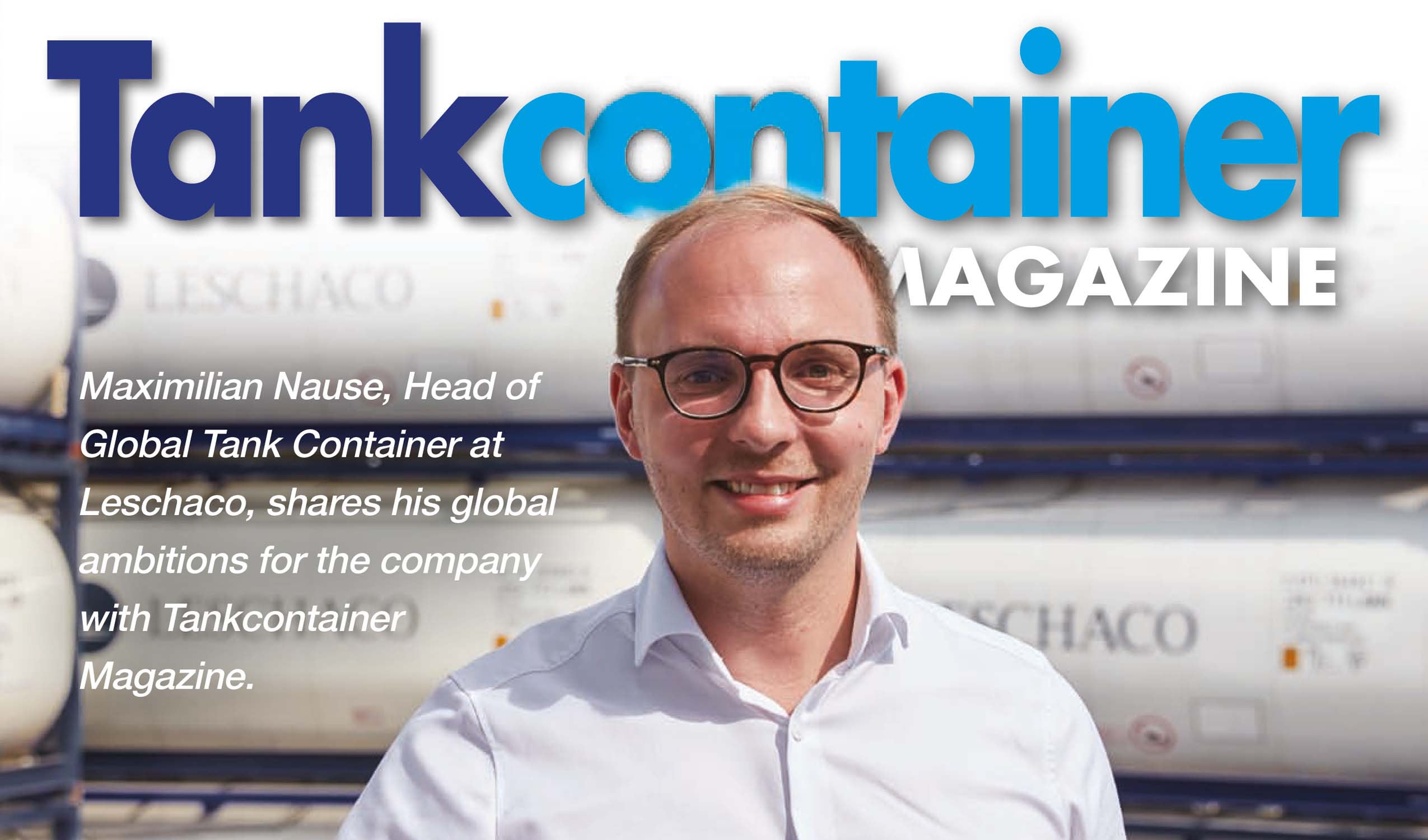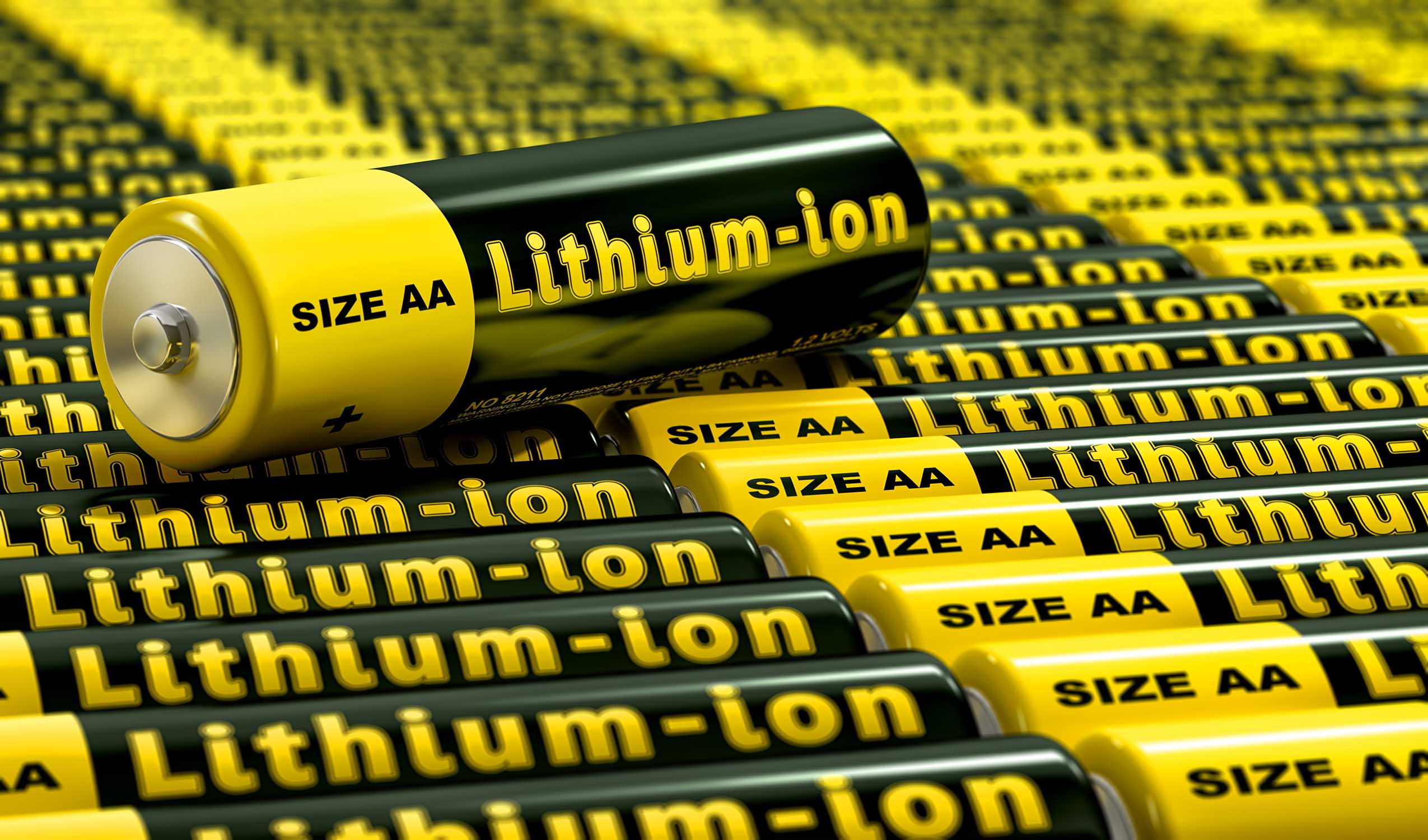The Leschaco Dangerous Goods Logistics Blog
Dangerous goods logistics is a matter of trust. Because dangerous goods logistics not only requires extensive knowledge and experience, but also a sense of responsibility for people and nature.
Advances in natural science, and chemistry in particular, have significantly raised our standard of living in recent decades. At the same time, the number of registered industrial chemicals has more than tripled in the last 20 years. Today, about 350,000 different substances are produced artificially. Scientists assume that there are around 6,000 substances among these that must be classified as dangerous goods.
With globalization, the growing international division of labor, the requirements for safe dangerous goods logistics are also increasing. With the dangerous goods logistics blog, Leschaco wants to offer a platform for the transfer of knowledge around this important topic for people and nature.
What is actually dangerous goods logistics? A definition.
By dangerous goods logistics, we mean all processes relating to the storage, packaging and transport of dangerous goods. For example, the “Agreement concerning the International Carriage of Dangerous Goods by Road(ADR)” defines gases, explosives, ammunition and fireworks, flammable, toxic, infectious, radioactive, corrosive, water and environmentally hazardous substances as dangerous goods.
To ensure safety throughout these processes, special technologies and equipment are required, such as fire protection systems, extinguishing devices, fireproof partitions, and chemical-resistant and particularly shockproof containers. But it is also about complex knowledge about the combination of dangerous substances, i.e. the knowledge of which dangerous substances must not come into contact with which substances under any circumstances: What is allowed to be stored and transported together with what at all? How must containers that have come into contact with specific dangerous goods be cleaned?
Dangerous goods logistics requires extensive specialized knowledge and careful and sustainable documentation of all processes so that risks can be minimized and, in the event of an accident, damage can be limited as far as possible. An essential part of this documentation is the conscientious marking of the dangerous goods before transport, i.e. the correct labeling and assignment to the appropriate dangerous goods class. Correct labeling is essential for safe loading, correct transport and a situation-appropriate procedure in the event of damage.
The latest posts on the dangerous goods logistics blog

Circular Economy in the Chemical Industry – Challenges on the Way to Sustainability
Circular Economy in the Chemical Industry – Challenges on the Way to Sustainability In the roughly 150-year history of the German chemical industry, it has already had to master a large number of social, economic and geopolitical challenges – and each time, one of Germany’s leading industrial segments, including all its value-adding partners, has been able to adapt and position itself resiliently. More than ever before, innovation, the willingness to take risks for sustainable investments and the ability to change are currently in demand. And one of the reasons for this is that the cost of one of the main sources of production has risen dramatically. The economic environment, the markets and also the market competitors have always been subject to numerous influencing factors, often associated with risks for individual companies or entire segments. At the same time, however, opportunities to achieve ambitious and necessary climate protection targets or to open up new markets or customers are also becoming apparent. The chemical industry and its importance for Germany as a business location Today, the German chemical industry generates sales of almost 200 million euros and employs 465,000 people. A respectable foreign trade surplus in chemicals and their precursors and by-products

Participants at LogiChem 2023 – there’s more to it than just the chemistry
Participants at LogiChem 2023 – there’s more to it than just the chemistry It is no secret that LogiChem has been the must-attend event for managers of the world’s leading chemical companies for more than 20 years. Supply chain, dangerous goods logistics and the optimization of transport and trade are the focus here. Officially, this describes itself as “LogiChem analyzes the key decisions facing supply chain management at leading top European manufacturers.” Yes, I guess that’s true. For us as one of these leading companies in the field of chemical logistics, the well thought-out supporting program of LogiChem is always a platform with which we can discuss our knowledge, decades of know-how and all the many innovations that we encounter again and again. Breakout workshops, case study presentations, panel discussions, and customer forums provide an opportunity to exchange ideas with experts and opinion leaders. LogiChem 2023 – the industry get-together in Rotterdam In doing so, LogiChem, which this year will be held March 14-16, 2023, at the Postillion Hotel & Congress Center WTC in Rotterdam, offers unbeatable networking. And what do we expect in particular? Quite simply, we want to focus mainly on our new warehouse project in Moerdijk, the

Forwarding a passion. Leschaco in Tank Container Magazine
Forwarding a passion. Leschaco in Tank Container Magazine The renowned Tankcontainer Magazine interviewed me for its December 2022 issue about the history of Leschaco, but also about our plans for the coming years. Not only did I have the chance to highlight our more than 2,500 employees in 73 offices in more than 23 countries, but I was also able to go into detail about our further growth plans, new markets, new offerings for our customers and new technologies. Of course, the main topics were our activities in the tank container sector and current trends and tendencies in dangerous goods logistics. Where is digitalization taking us? Have customer demands in the chemical industry changed with the pandemic? Are there new regional trends in the globalization of logistics? These were some of the questions around which my conversation with the editors of Tankcontainer Magazine revolved. A short excerpt from the interview: <strong>Tank Container Magazine:</strong> Which container types are experiencing the strongest growth and why? <strong>Maximilian Nause:</strong> Our customer base and general market influences require flexibility and economies of scale, so we see continued growth potential for T11 standard equipment in the 25m3 and 26m3 (baffle wall tank container) sizes. The trend

Lithium-ion batteries are dangerous goods and require special precautions for safety during sea transport
Lithium batteries are dangerous goods. We have known this since the catastrophe of the transport ship “Felicity Age”, which sank in the waters of the North Atlantic off the Azores in spring 2022 after a major fire, presumably after a lithium-ion battery caught fire in the cargo. Shipping accidents involving lithium batteries almost regularly fill the leading media and the books of insurance companies. But of course, aviation logistics is also concerned with the risks posed by batteries. The International Air Transport Association IATA has now published a white paper with the attractive title “Make Lithium Batteries safe to ship”. The paper deals with incidents involving lithium batteries and ways to make battery logistics in air transport safer. We have taken a look at this document for the readers of Leschaco’s dangerous goods blog.

How the UN’s model regulations are moving the dangerous goods world
How the UN’s model regulations are moving the dangerous goods world <strong>Currently, the United Nations Model Regulations for the Transport of Dangerous Goods are in their 23rd revision. A committee of experts of the United Nations Economic and Social Council has been developing these “UN Recommendations on the Transport of Dangerous Goods” (TDG) for decades: The so-called “Orange Book” is published anew every two years. It sets standards for secure logistics worldwide.</strong> The UN Sub-Committee of Experts on the Transport of Dangerous Goods (TDG) meets in November for the last time this year. The decisions reached at a total of four meetings will be submitted to the higher-level UN committee in December for final approval. These changes will then be published in the 23rd revised edition of the model regulations in the second quarter of 2023 and implemented by 2025. They also touch on the UN Manual of Tests and Criteria, which contains all the criteria, test methods and test procedures to be able to classify dangerous goods in the first place. (As of the beginning of the new year, the provisions that appeared in the 22nd revised edition with publication in 2021 will initially come into force). Regulations for
This is where the editorial team of the Leschaco dangerous goods logistics blog blogs about the latest news and background information on dangerous goods logistics. The contributions do not reflect the opinion of Leschaco in every case, but always the position of the respective authors. Members of the editorial team come from trade media, agencies, friendly companies or directly from Leschaco. You can reach us by email . We are looking forward to your suggestions and questions.

